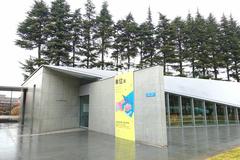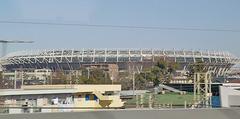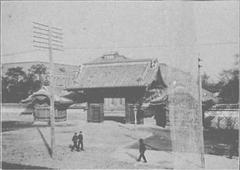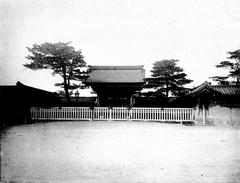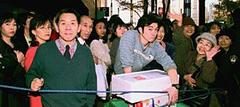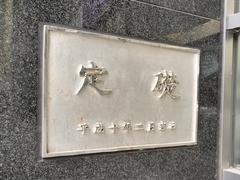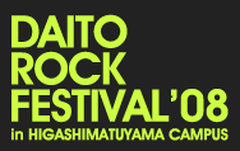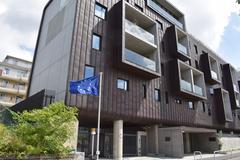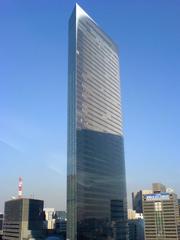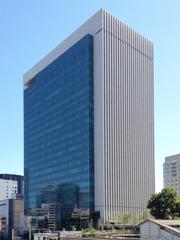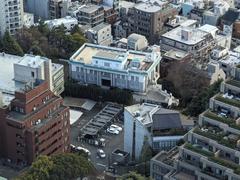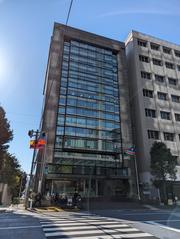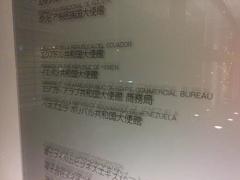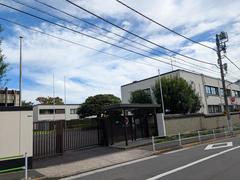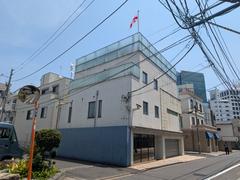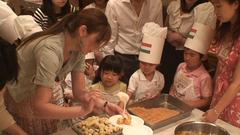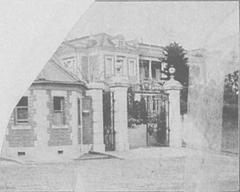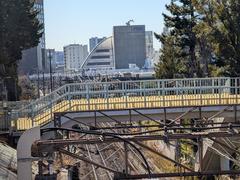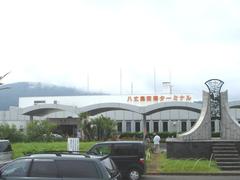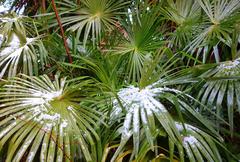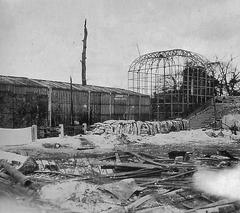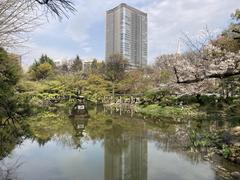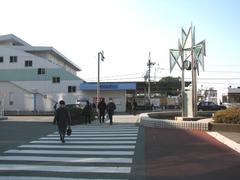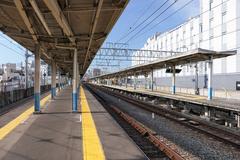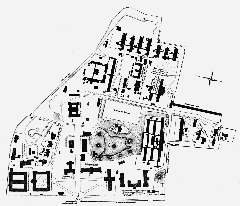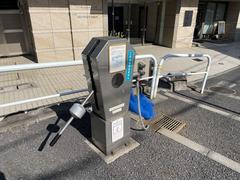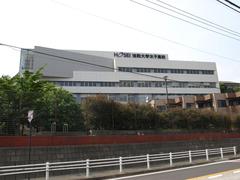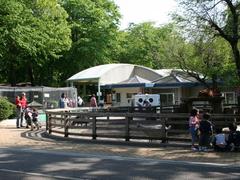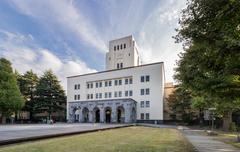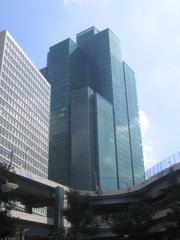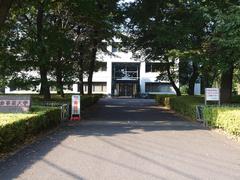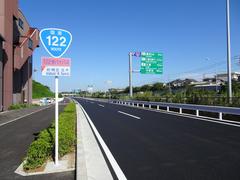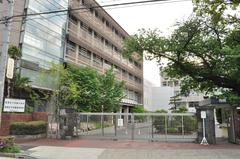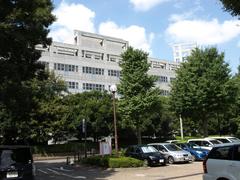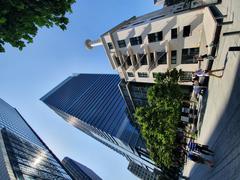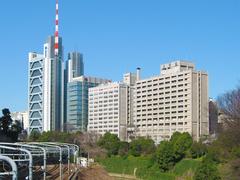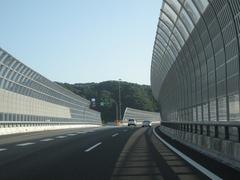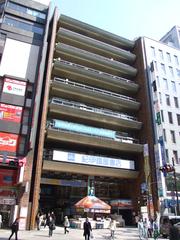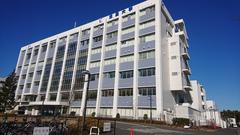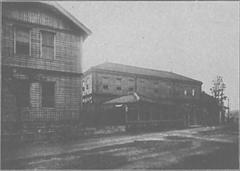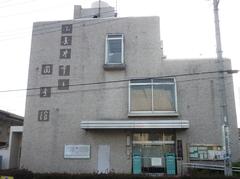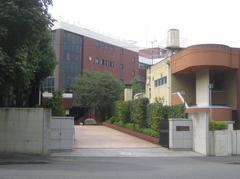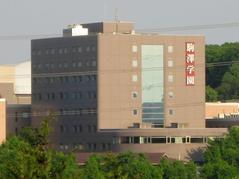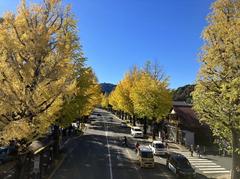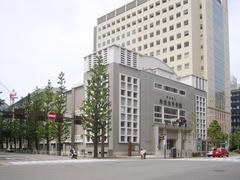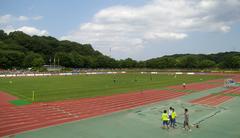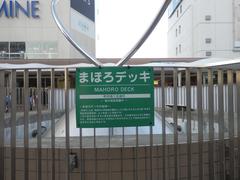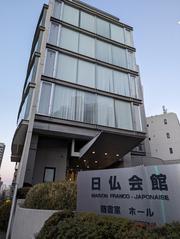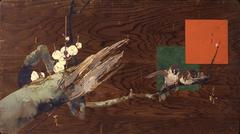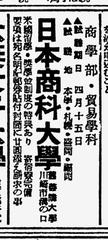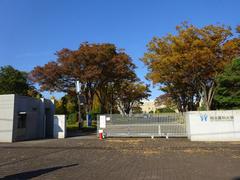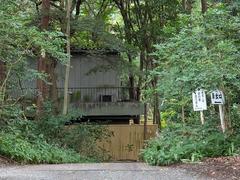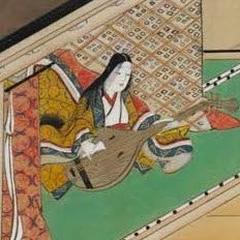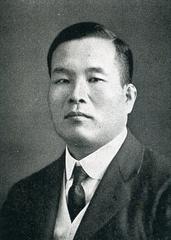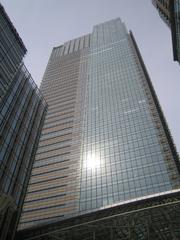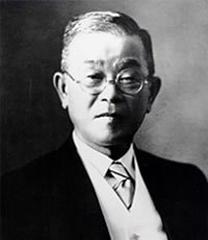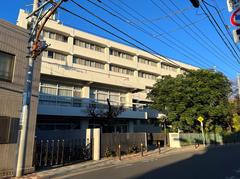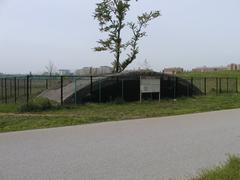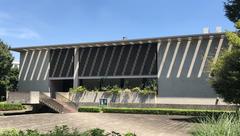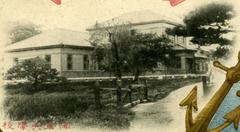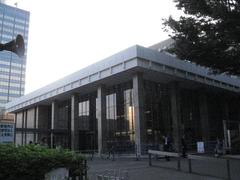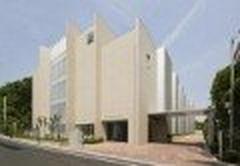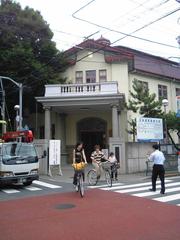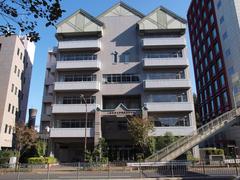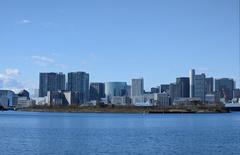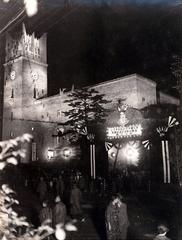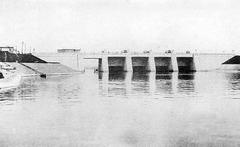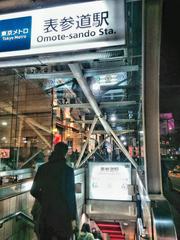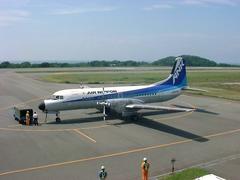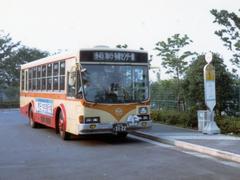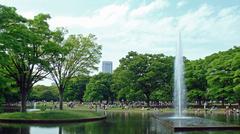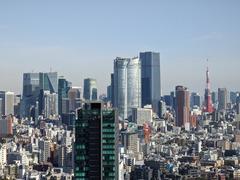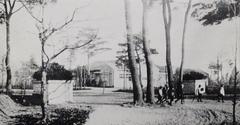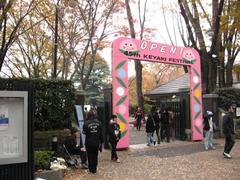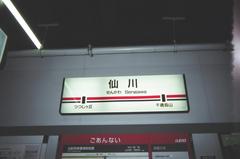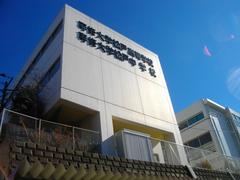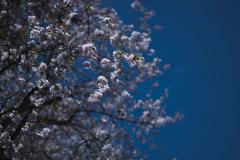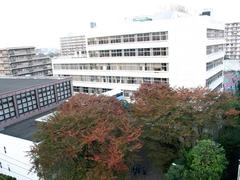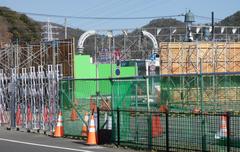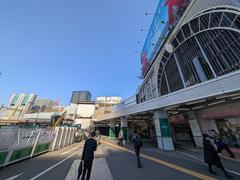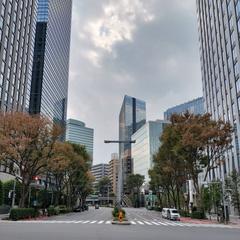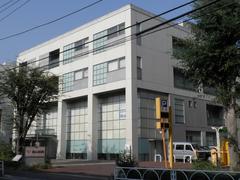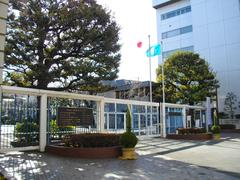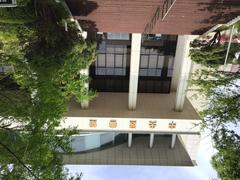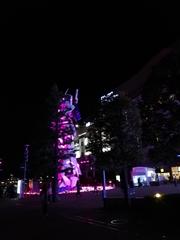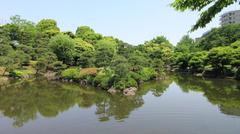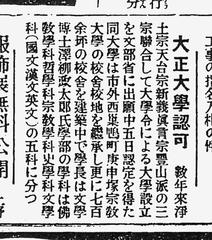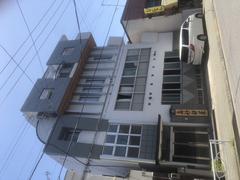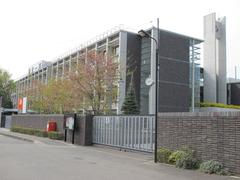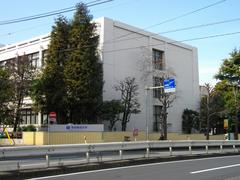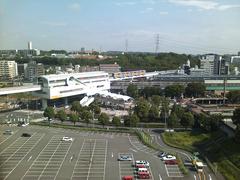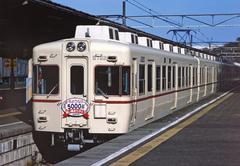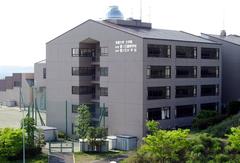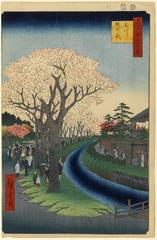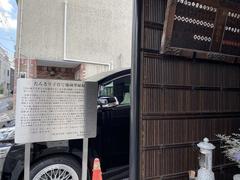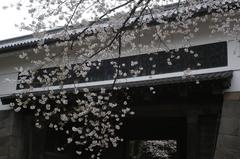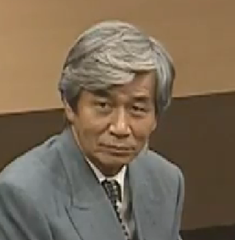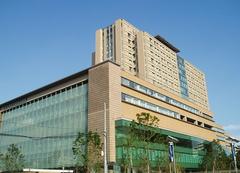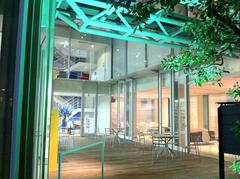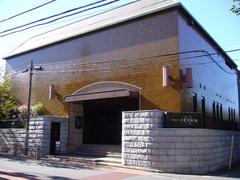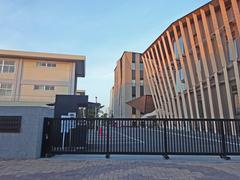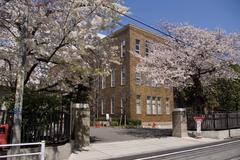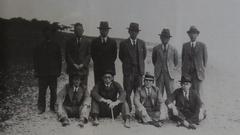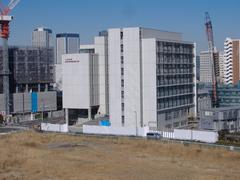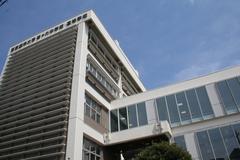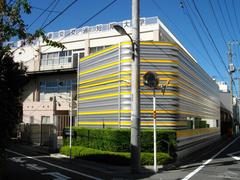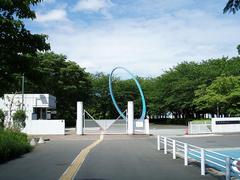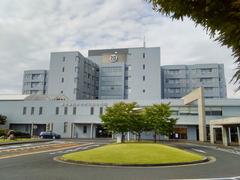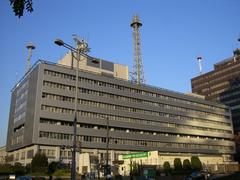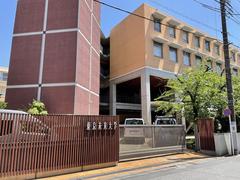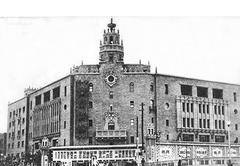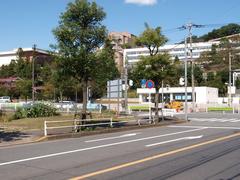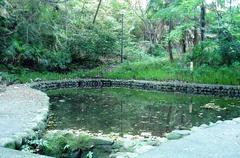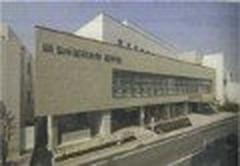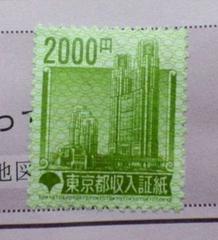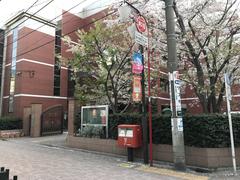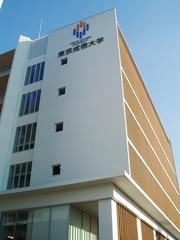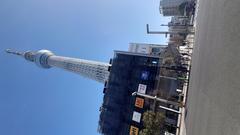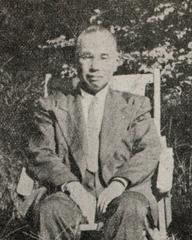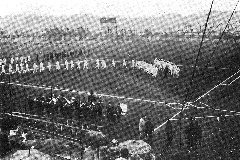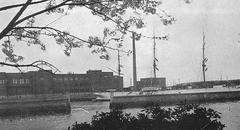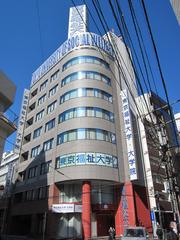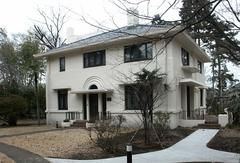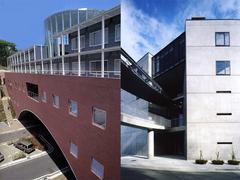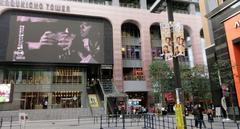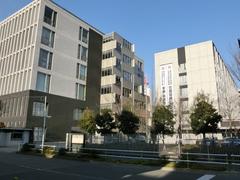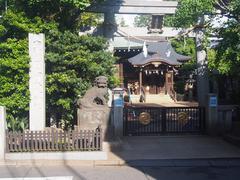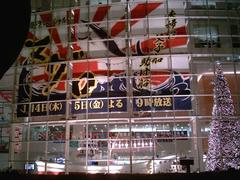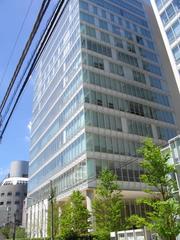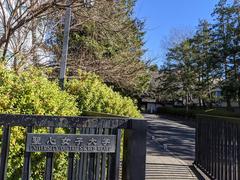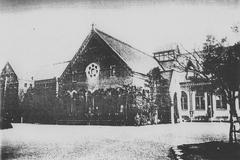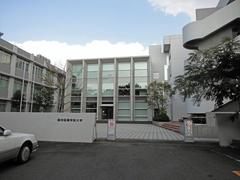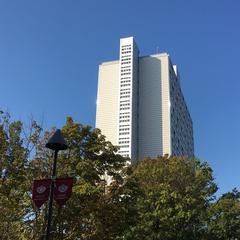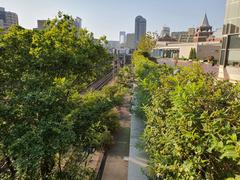Comprehensive Guide to Visiting Yanagibashi, Tokyo, Japan
Date: 25/07/2024
Introduction
Yanagibashi, meaning “Willow Bridge,” is a historically rich and culturally significant area located in Tokyo’s Taito ward. This guide aims to provide a comprehensive overview for anyone planning a visit to this captivating part of Tokyo. From its storied past rooted in the Edo period to its modern-day attractions, Yanagibashi offers a unique blend of historical charm and contemporary experiences. The area derives its name from the willow trees that once lined the banks of the Kanda River, creating a picturesque landscape that has been immortalized in various forms of art, particularly ukiyo-e prints by renowned artists like Utagawa Hiroshige (Metropolitan Museum of Art). Over the centuries, Yanagibashi has evolved, yet it retains its historical essence, offering visitors a rich tapestry of cultural experiences, culinary delights, and architectural wonders. Whether you’re a history buff, an art enthusiast, or simply someone looking to explore a unique part of Tokyo, Yanagibashi has something for everyone. This guide will provide you with all the essential information you need, including visitor tips, cultural insights, and practical travel advice.
Table of Contents
- Introduction
- History of Yanagibashi
- Cultural Significance
- Modern-Day Yanagibashi
- Cultural Events and Festivals
- Culinary Delights
- Architectural Significance
- Visitor Information
- Nearby Attractions
- FAQ
- Conclusion
- Sources
History of Yanagibashi
Yanagibashi derives its name from the willow trees that once lined the banks of the Kanda River, creating a picturesque landscape. The area was also known as Yanagiwara, or “Willow Field,” due to these trees (Muza-chan). Another theory suggests that the name is a phonetic shift from “Yanokibashi,” meaning “the armory bridge,” referencing a nearby shogunal army arrow depot (Muza-chan).
During the Edo period (1603-1868), Yanagibashi was a bustling hub for sailors and merchants. The area was filled with inns and teahouses, serving as a rest stop for those traveling along the Kanda River. The willow trees and traditional yakatabune (roofed boats) added to the area’s charm, making it a popular subject for artists and poets of the time (Smithsonian).
Cultural Significance
Yanagibashi has been immortalized in various forms of art, particularly during the Edo period. One of the most famous depictions is by Utagawa Hiroshige, a renowned ukiyo-e artist. His woodblock print titled “The Ono at Ryogoku Yanagibashi” captures the essence of the area with its willow trees and bustling river traffic (Metropolitan Museum of Art). These artworks not only serve as historical records but also highlight the cultural and aesthetic significance of Yanagibashi.
Modern-Day Yanagibashi
Today, Yanagibashi retains much of its historical charm while adapting to modern times. The willow trees may have dwindled, but the area still offers a picturesque view with its traditional yakatabune boats moored along the Kanda River (Tokyo Metropolitan Government). These boats are now often used for leisure cruises, offering tourists a unique way to experience Tokyo’s waterways.
Cultural Events and Festivals
Yanagibashi is a focal point for various cultural events and festivals. One of the most notable is the Sumida River Fireworks Festival, which dates back to 1733. This event was initially held to pray for the victims of a severe famine and has since evolved into one of Tokyo’s largest and most popular fireworks displays, attracting close to a million spectators annually (Time Out Tokyo).
Another significant event is the Kagurazaka Matsuri, which features traditional Awa Odori dance processions. Although not directly in Yanagibashi, the festival’s proximity and cultural relevance make it a noteworthy mention. The festival includes food stalls, traditional games, and guided tours, offering a glimpse into Japan’s rich cultural heritage (Tokyo Cheapo).
Culinary Delights
Yanagibashi is also known for its culinary offerings, particularly its traditional Japanese cuisine. The area is home to several long-standing restaurants and izakayas (Japanese pubs) that serve a variety of dishes, from fresh seafood to soba noodles. One notable establishment is Sagatani in Shibuya, known for its fresh, stone-ground soba noodles served with a side of goma (sesame) dipping sauce (Travels with Elle).
Architectural Significance
The architectural landscape of Yanagibashi is a blend of traditional and modern elements. While many of the old inns and teahouses have been replaced by contemporary buildings, efforts have been made to preserve the area’s historical essence. The traditional yakatabune boats, for instance, are a nod to the past, offering a tangible connection to the Edo period.
Visitor Information
Best Time to Visit
The area is beautiful year-round, but visiting during the Sumida River Fireworks Festival in late July offers a unique cultural experience.
Getting There
Yanagibashi is easily accessible via public transportation. The nearest stations are Asakusabashi Station on the JR Sobu Line and the Toei Asakusa Line.
Yanagibashi Visiting Hours and Tickets
While there are no specific “visiting hours” for the area, boat cruises and some cultural events may have set times and ticket prices. Check official websites for the latest information.
Boat Cruises
Taking a yakatabune cruise is highly recommended. These boats often offer dining options, allowing you to enjoy traditional Japanese cuisine while cruising along the Kanda River.
Walking Tours
Consider joining a guided walking tour to learn more about the area’s history and cultural significance. Some tours even include visits to nearby attractions like the Kagurazaka neighborhood and its annual matsuri (Tokyo Cheapo).
Nearby Attractions
Sensō-ji Temple
Located in Asakusa, this iconic temple is one of Tokyo’s most visited historical sites. It’s easily accessible from Yanagibashi.
Ueno Park
A short distance away, Ueno Park offers museums, a zoo, and beautiful cherry blossoms in spring.
FAQ
What are the visiting hours for Yanagibashi?
There are no specific visiting hours, but boat cruises and certain events may have set times. Check official websites for details.
Are there guided tours available in Yanagibashi?
Yes, guided walking tours are available and often include visits to nearby attractions.
How do I get tickets for the Sumida River Fireworks Festival?
Tickets for reserved spots can be purchased online or at designated locations. General viewing areas are free but get crowded early.
Conclusion
Yanagibashi is a gem in Tokyo’s Taito ward that offers a multifaceted experience for visitors. From its historical significance during the Edo period to its modern-day attractions, the area is a blend of the old and new. Visitors can enjoy leisurely boat cruises on traditional yakatabune boats, explore cultural events like the Sumida River Fireworks Festival, and indulge in culinary delights at local izakayas and restaurants (Tokyo Metropolitan Government). Yanagibashi also offers unique shopping experiences, from antique shops to craft markets, and a variety of accommodation options ranging from traditional ryokan to modern hotels. Whether you’re interested in history, art, or simply experiencing the local culture, Yanagibashi has something to offer. With its rich tapestry of historical and cultural significance, Yanagibashi is a must-visit destination for anyone exploring Tokyo. Stay informed about the latest events and tips by downloading the Audiala mobile app and following us on social media.
References
- Muza-chan, Yanagibashi historical background Muza-chan
- Smithsonian, Yanagibashi during the Edo period Smithsonian
- Metropolitan Museum of Art, Utagawa Hiroshige’s artwork Metropolitan Museum of Art
- Tokyo Metropolitan Government, modern-day Yanagibashi Tokyo Metropolitan Government
- Time Out Tokyo, Sumida River Fireworks Festival Time Out Tokyo
- Tokyo Cheapo, Kagurazaka Matsuri Tokyo Cheapo
- Travels with Elle, Sagatani restaurant Travels with Elle
- Savvy Tokyo, Tokyo events for July 2024 Savvy Tokyo
- Japan Travel, Historical Tokyo Japan Travel
